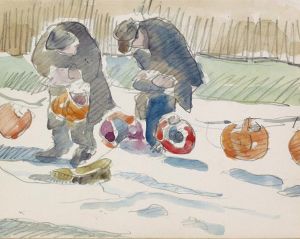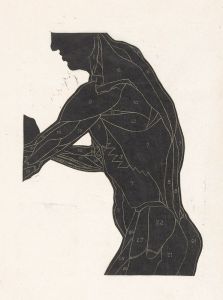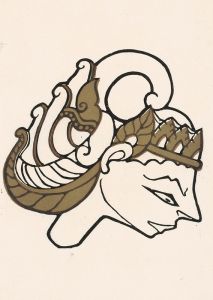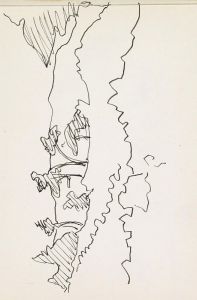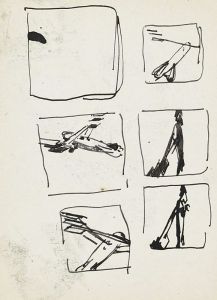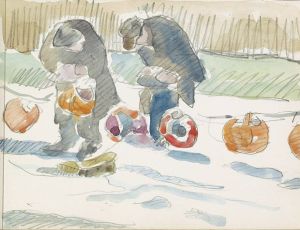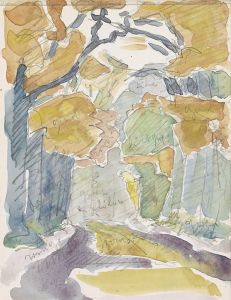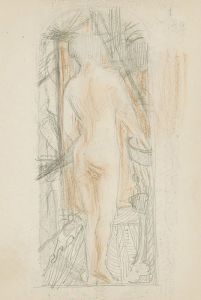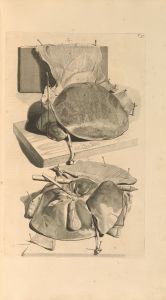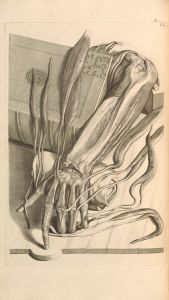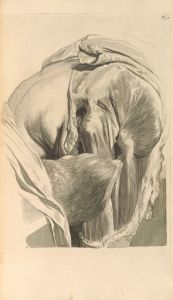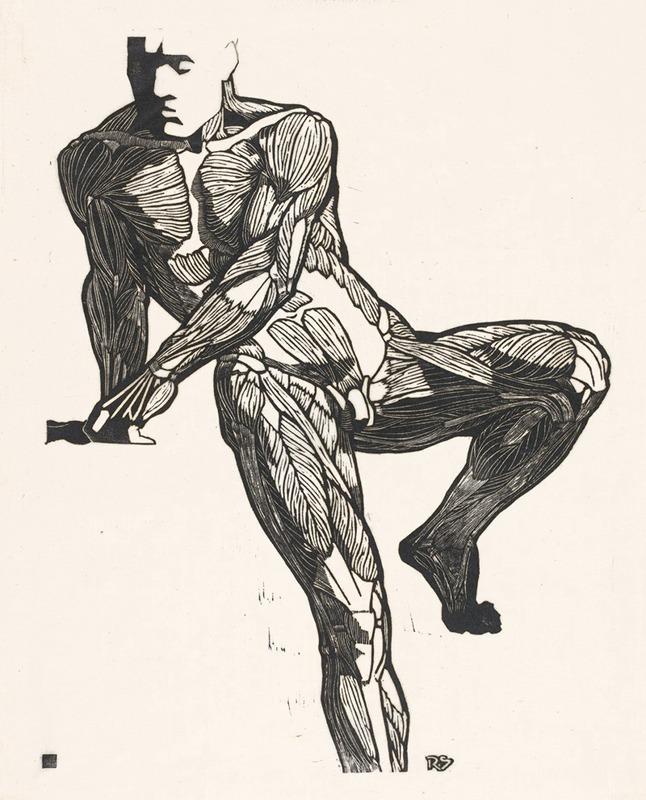
Anatomische studie van de borst-, buik- en beenspieren van een man
A hand-painted replica of Reijer Stolk’s masterpiece Anatomische studie van de borst-, buik- en beenspieren van een man, meticulously crafted by professional artists to capture the true essence of the original. Each piece is created with museum-quality canvas and rare mineral pigments, carefully painted by experienced artists with delicate brushstrokes and rich, layered colors to perfectly recreate the texture of the original artwork. Unlike machine-printed reproductions, this hand-painted version brings the painting to life, infused with the artist’s emotions and skill in every stroke. Whether for personal collection or home decoration, it instantly elevates the artistic atmosphere of any space.
Reijer Stolk's "Anatomische studie van de borst-, buik- en beenspieren van een man" (Anatomical Study of the Chest, Abdominal, and Leg Muscles of a Man) is a notable work in the realm of anatomical art. Reijer Stolk, a Dutch artist born in 1896 and active until his death in 1945, is recognized for his contributions to both fine art and scientific illustration. His works often reflect a meticulous attention to detail and a profound understanding of human anatomy, which was a significant aspect of his artistic endeavors.
This particular piece, created in the early 20th century, exemplifies Stolk's skill in rendering the human form with precision and clarity. The drawing is a detailed study of the male musculature, focusing on the chest, abdominal, and leg muscles. It serves as both an artistic and educational tool, providing insight into the complex structure of the human body. The work is characterized by its clear lines and accurate depiction of muscle groups, showcasing Stolk's ability to blend artistic talent with scientific accuracy.
Stolk's anatomical studies were likely influenced by the broader tradition of anatomical art that dates back to the Renaissance, when artists like Leonardo da Vinci and Andreas Vesalius began to explore the human body in great detail. These early works laid the foundation for later artists and anatomists, who continued to refine the depiction of human anatomy. Stolk's contributions can be seen as part of this ongoing tradition, bridging the gap between art and science.
The "Anatomische studie van de borst-, buik- en beenspieren van een man" is not only a testament to Stolk's artistic abilities but also reflects the educational practices of the time. Anatomical drawings were essential for medical students and professionals, providing a visual reference that complemented their studies. Stolk's work would have been valuable in this context, offering a detailed and accurate representation of the human musculature.
Reijer Stolk's career was marked by a dedication to both artistic and scientific pursuits. In addition to his anatomical studies, he produced a variety of works, including landscapes, portraits, and still lifes. However, his anatomical drawings remain some of his most significant contributions, highlighting his unique ability to capture the intricacies of the human body.
The legacy of Stolk's anatomical studies continues to be appreciated by both artists and medical professionals. His work serves as a reminder of the important intersection between art and science, demonstrating how detailed observation and artistic skill can enhance our understanding of human anatomy. The "Anatomische studie van de borst-, buik- en beenspieren van een man" remains a valuable piece within this tradition, celebrated for its accuracy and artistic merit.





